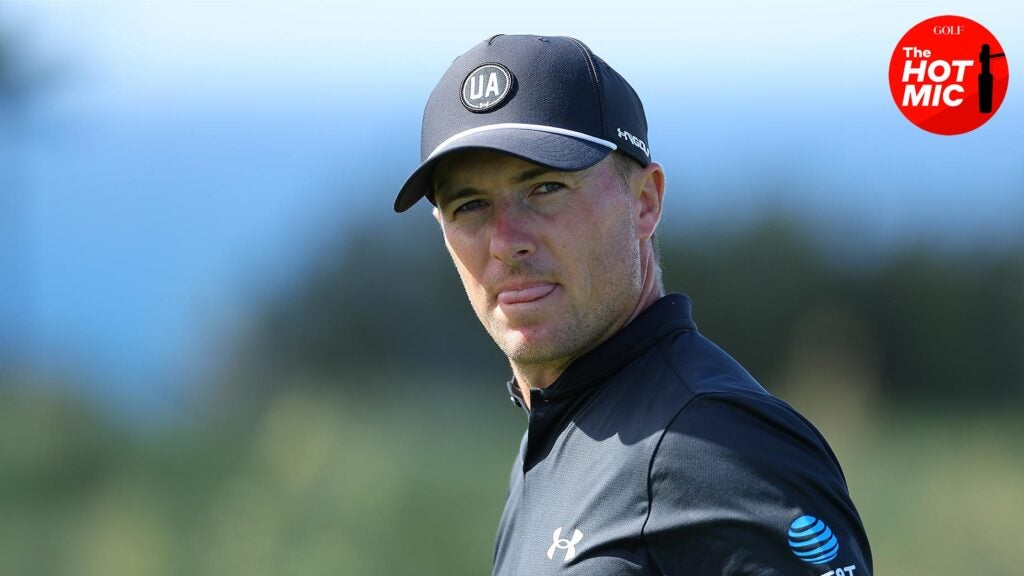Let’s get the bad news out of the way first: the final hour of PGA Tour coverage this Sunday will not technically be commercial-free.
But it will be free of commercial interruptions — and for golf fans beleaguered after months (years?) of commercial backload in pro golf, that’s the important part.
On Thursday morning, Callaway and NBC announced that they will be renewing their commercial-free partnership for this week’s season-opening (and newly renamed) PGA Tour event, The Sentry. For the final hour of Sunday’s final round coverage on Golf Channel, as with the final hour of last year’s epic Jon Rahm comeback victory, viewers will be treated to 60ish minutes of commercial-free TV coverage.
The commercial-free hour comes courtesy of Callaway, which will underwrite the hour’s worth of commercials in promotion of its new line of Chrome Tour golf balls. In lieu of the traditional break schedule of Tour telecasts, the Chrome Tour ball will be promoted with on-screen graphics throughout the hour and a targeted welcome from Callaway ambassador Steph Curry. The club manufacturer embarked on the same promotional strategy for last year’s Paradym club line at the Sentry, earning near-universal plaudits from golf fans who were able to experience a true rarity in pro golf TV: a tournament’s conclusive moments unbothered by the 18ish minutes of commercial per hour that typically join Tour events.
Of course the commercial-free hour lands as a welcome break for golf fans, but questions remain about its long-term feasibility as part of the golf TV product, and the mere discussion about a commercial-free entity raises a tricky question: why can’t the Tour do this every week?
The simple truth is that the cost of advertising around the PGA Tour is significant, and networks get the most money for their advertising slots out of the final hour of tournament coverage, when the largest audiences are expected to tune in. For most weeks on the pro golf calendar, investing in a commercial-free hour is a difficult — and highly expensive — proposition for a potential advertising partner. While a long-standing ad partner of NBC or CBS could theoretically underwrite a commercial-free hour into its yearly spend, it remains to be seen how many of those partners exist, how much the that partnership would cost an advertisers, and of that group, if a commercial-free hour would prove a worthy use of its funds.
Callaway has certainly found that to at least a handful of these questions the simplest answer is, in fact, yes. But The Sentry’s final hour will be aired on Golf Channel, not NBC, and the cable network commands a lower cost-per-advertisement than its national over-the-air sibling. Many other Tour events will conclude on NBC and CBS, where the cost of a commercial-free endeavor would be considerably higher.
The good news is that this week will not be the last time golf fans are treated to a commercial-free finish. The Masters has some of the most limited commercial interruptions of any major professional sports event, while the final hour of the U.S. Open and Open Championship is presented commercial-free through a long-running partnership with Rolex. But these weeks are few and far between in professional golf, and outside of them, the commercial problem seems to be trending in the wrong direction.
The Sentry addition improves the golf television product, yes, and there’s little doubt it’s popular among the viewing audience. Callaway deserves credit for being the first to step up to the plate and for committing to another year of what promises to be a thrilling hour of golf TV.
Enjoy it while it lasts.
